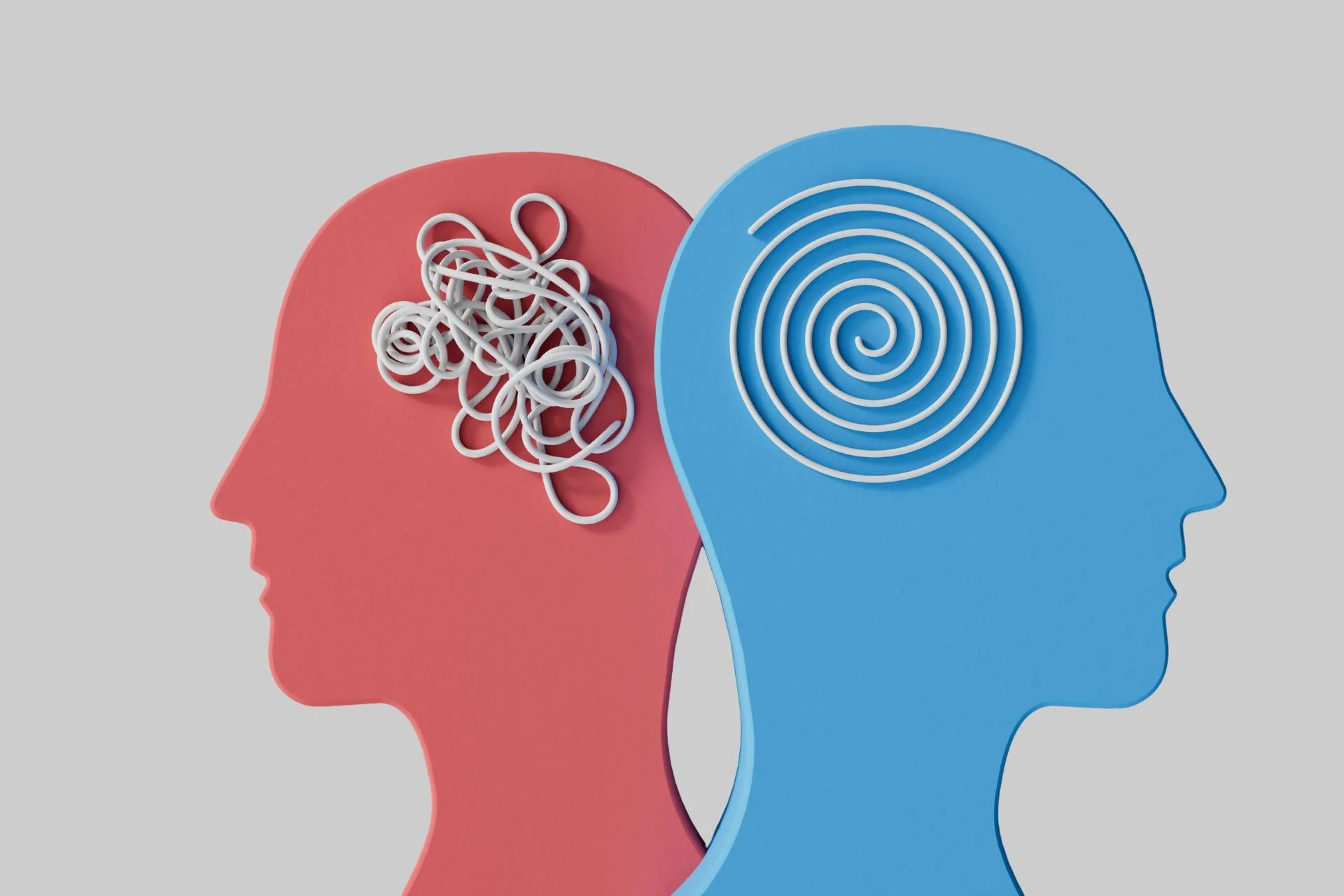What Is Modern Psychoanalytic Therapy Really Like? Dispelling the Myths
When most people hear the word psychoanalysis, they imagine someone lying on a couch while a silent therapist scribbles notes behind them — or a cold, removed figure interpreting your dreams with phrases like “Tell me about your mother.”
While these images may have some historical roots, they no longer reflect the reality of what psychoanalytic therapy looks like today. In fact, modern psychoanalytic therapy is dynamic, emotionally alive, and deeply relational. It’s less about decoding symbols and more about experiencing yourself in a new way — through the therapeutic relationship itself.
Let’s break down the myths and get closer to the truth of what actually happens in the room.
A Brief Historical Context
Psychoanalysis began with Sigmund Freud in the late 19th and early 20th centuries. His model emphasized unconscious drives, early childhood experiences, and the idea that we’re often unknowingly repeating the past. Early psychoanalysis involved multiple sessions per week, strict neutrality from the analyst, and long periods of silence to allow the client’s unconscious to emerge.
This approach was revolutionary in its time. But it was also rigid and, for many, inaccessible.
Over the decades, the field evolved. Thinkers like Melanie Klein, Donald Winnicott, and Wilfred Bion brought in the importance of early attachment, internal object relations, and the emotional life of the infant. But it was Hyman Spotnitz, the founder of Modern Psychoanalysis, who truly shifted the frame — by focusing on emotional communication and the therapeutic relationship as central tools for transformation.
Enter: Modern Psychoanalysis
Modern Psychoanalysis, developed by Spotnitz in the mid-20th century, kept the deep curiosity about the unconscious but radically changed the way the therapist participates in the room.
One of Spotnitz’s key insights was that talking isn’t enough — especially for people who struggle to put their feelings into words. Instead of pushing insight, he emphasized helping clients learn to tolerate and process emotions that had been split off, avoided, or acted out.
Modern analysts work to create a space where you can feel safe enough to feel, often for the first time.
They track the emotional field between therapist and client, paying close attention to what's being communicated — even when it isn't said. This includes things like silence, tension, interruptions, dreams, even a client's urge to quit therapy.
This is where real change happens — not through quick solutions, but by making the unconscious more emotionally conscious, in real time, with someone else.
So… What’s It Actually Like in the Room?
Here's what modern psychoanalytic therapy does look like:
You’ll be encouraged to say whatever comes to mind — even if it feels unrelated, repetitive, or uncomfortable. Everything is welcomed.
The therapist is active, attuned, and emotionally present — not a blank slate.
Emotional patterns (like defensiveness, withdrawal, people-pleasing, control) are explored as they show up in the relationship — not just talked about intellectually.
You may have strong feelings about your therapist — and that’s not only okay, it’s part of the work.
There’s room for messiness, silence, contradiction, slowness, and emotional depth.
You won’t be “analyzed” from a distance — instead, you’ll build something together.
Why Choose Modern Psychoanalytic Therapy?
While other therapy modalities often focus on short-term behavioral change, modern psychoanalytic therapy is oriented toward lasting transformation. It’s especially helpful if:
You feel stuck in repetitive relational patterns
You struggle to name or feel your emotions
You want a deeper understanding of yourself
You crave more meaningful relationships but don’t know how to get there
You’re curious about why you do what you do — even when it doesn’t serve you
This work is not about fixing you. It’s about helping you understand and integrate all parts of yourself — even the ones you’ve learned to hide, avoid, or judge.
Therapy as a Living Relationship
At its heart, modern psychoanalytic therapy is a living relationship — one that holds up a mirror, not to judge you, but to help you see and feel more clearly. It’s a space where your defenses can soften, your history can be understood, and your sense of self can grow stronger from the inside out.
If you're curious about this kind of deep, relational work, you're not alone. More and more people are discovering that meaningful change doesn't come from tips and tools alone — it comes from being met, understood, and emotionally known.
